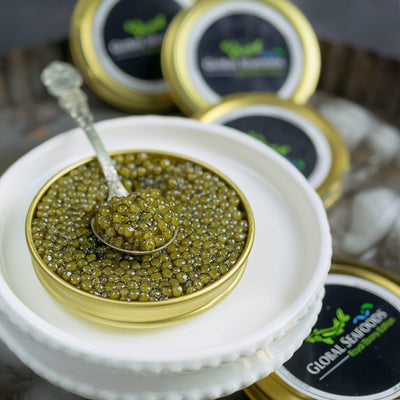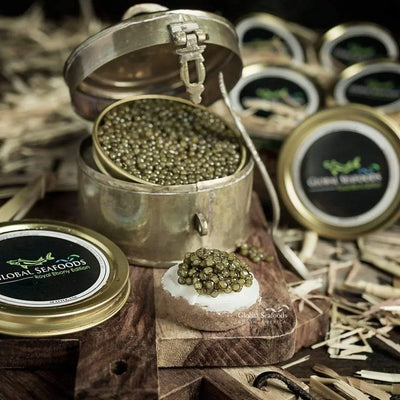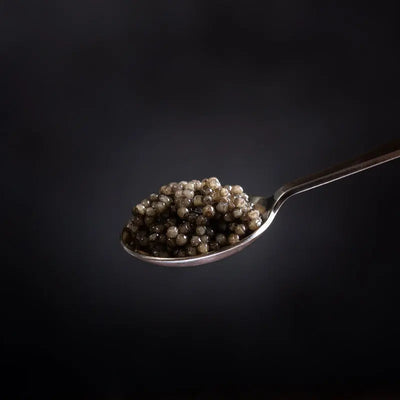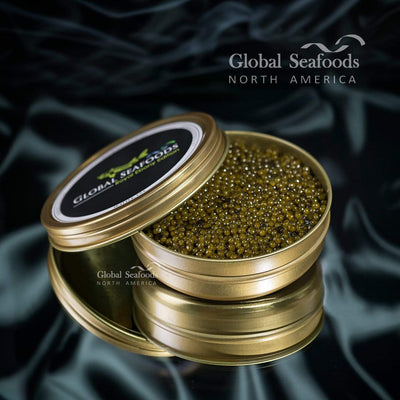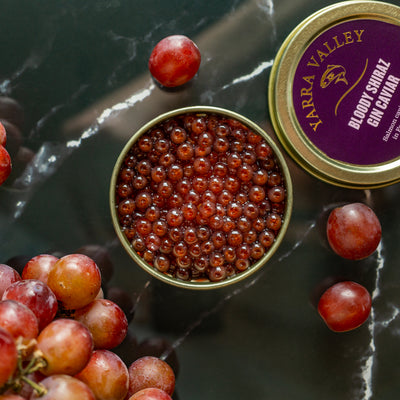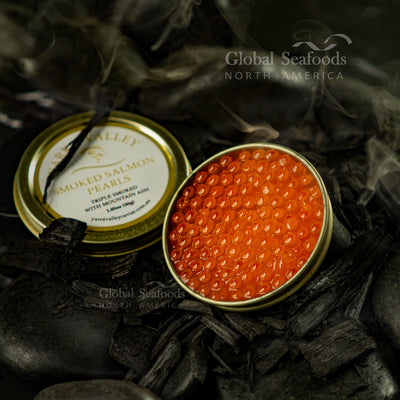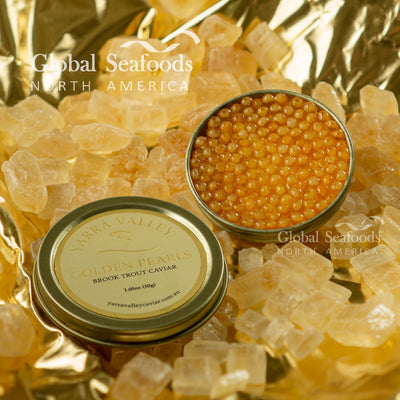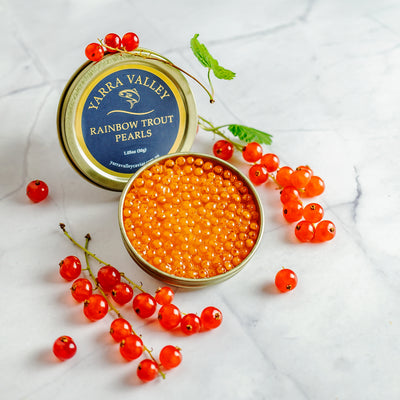Exploring the Delicacy of Fish Roe: A Gourmet Delight

Fish Roe: A Gastronomic Adventure
Fish roe, often referred to as "the jewels of the sea," have been cherished for centuries for their delicate flavor and unique texture. From luxurious caviar to vibrant tobiko, these tiny pearls pack a punch in both taste and nutritional value. In this article, we'll dive deep into the world of fish roe, exploring its varieties, health benefits, and culinary applications. Get ready to embark on a gastronomic adventure with fish roe!
What is Fish Roe?
Fish roe refers to the eggs or egg masses of various fish species. It is a highly sought-after delicacy worldwide, enjoyed for its distinct flavor and luxurious appeal. The most renowned types of fish roe include caviar, tobiko, masago, and ikura, each offering its own unique taste and texture.
Fish Roe Varieties
-
Caviar: The epitome of luxury, caviar is made from the roe of sturgeon fish. It is prized for its rich, buttery flavor and velvety texture. Caviar comes in different types, such as Beluga, Osetra, and Sevruga, with each variety offering a distinct taste profile.
-
Tobiko: Originating from Japan, tobiko is flying fish roe characterized by its vibrant colors. With a crunchy texture and slightly sweet flavor, tobiko adds a pop of color and taste to sushi rolls, salads, and other dishes.
-
Masago: Often used as a sushi garnish, masago comes from the roe of capelin fish. It boasts a small, crunchy texture and a mild, briny taste. Masago is commonly used in sushi rolls, poke bowls, and as a topping for seafood dishes.
-
Ikura: Hailing from the salmon family, ikura is known for its large, juicy roe with a burst of umami flavor. These bright orange pearls are commonly served in sushi, sushi bowls, and as a topping for blinis or toast.
Health Benefits of Fish Roe
Fish roe packs a nutritional punch, offering an array of health benefits. It is rich in essential omega-3 fatty acids, high-quality proteins, vitamins (such as vitamin B12 and D), and minerals (such as iodine and selenium). These nutrients contribute to brain health, cardiovascular well-being, and overall immune function. Including fish roe in your diet can provide a significant boost to your nutritional intake.
FAQs about Fish Roe
-
Are all fish roe edible? Yes, most fish roe is edible, but some varieties may have a stronger flavor or texture that may not suit everyone's palate.
-
Can fish roe be consumed raw? Yes, fish roe can be consumed raw, particularly in the case of sushi or sashimi preparations. However, it is essential to ensure the freshness and quality of the roe before consuming it raw.
-
Are there vegetarian alternatives to fish roe? Yes, there are vegetarian alternatives to fish roe available in the market, typically made from seaweed or other plant-based ingredients. These alternatives mimic the texture and appearance of fish roe, providing a suitable option for vegetarians and vegans.
Conclusion
Fish roe offers a world of flavors, textures, and nutritional benefits. From the luxurious caviar to the vibrant tobiko and the briny masago, each variety brings its own unique characteristics to the table. Whether you're a seafood enthusiast or a culinary explorer, fish roe provides an opportunity to tantalize your taste buds and elevate your dishes.
Not only do these tiny pearls from the sea add a touch of elegance to your meals, but they also offer an abundance of health benefits. Packed with omega-3 fatty acids, proteins, vitamins, and minerals, fish roe contributes to brain health, cardiovascular well-being, and overall immune function.
Whether you're indulging in a lavish caviar tasting or adding a sprinkle of tobiko to your sushi roll, fish roe is a gastronomic delight that shouldn't be missed. So, dive into the enchanting world of fish roe and let your palate savor the exquisite flavors that these little pearls have to offer. Bon appétit!
🐟 Buy Premium Fish Roe Online – Fresh, High-Quality & Delivered to Your Door!
Looking for the finest fish roe and caviar? Order online from GlobalSeafoods.com and enjoy top-quality, sustainably sourced roe delivered fresh to your home! Whether you're indulging in luxurious red caviar, elevating your sushi creations, or enhancing your gourmet dishes, we have the best selection for you.
🔥 Top Roe Selections:
✅ Chum Salmon Caviar (Soft Shell) – Large, flavorful pearls with a delicate pop.
✅ Coho Salmon Caviar – A rich, slightly sweet roe perfect for sushi & garnishes.
✅ Trout Red Caviar – Small, firm, and bursting with briny goodness.
✅ Pink Salmon Caviar – Mild, buttery, and packed with omega-3s.
✅ Premium Red Caviar Collection – Explore a variety of high-quality salmon caviar.
🚚 Fast, Fresh Shipping | 💯 Sustainably Sourced | 🏆 Restaurant-Quality Seafood
🛒 Order your premium roe today at GlobalSeafoods.com!
Also in News

How to Make Sea Bream Sushi With Dry-Aged Tuna & Crab Roll — Step-by-Step With Chef Joshua
A complete guide to making Sea Bream sushi at home, including filleting, curing, slicing, and building a Dry-Aged Tuna & Crab sushi roll. Chef Joshua shares professional tips for restaurant-quality results.

Boiled Crab for Game Night: Everything You Need for a Perfect Seafood Party
Take your game night to the next level with a Boiled crab party. Learn the best recipes, cooking tips, and hosting hacks for a memorable seafood feast.

Boiled Crab for Date Night: A Romantic Guide to the Perfect Seafood Feast
Make your next date night unforgettable with a romantic Boiled crab experience. This guide covers everything you need to know, from ambiance to the best crab varieties.

